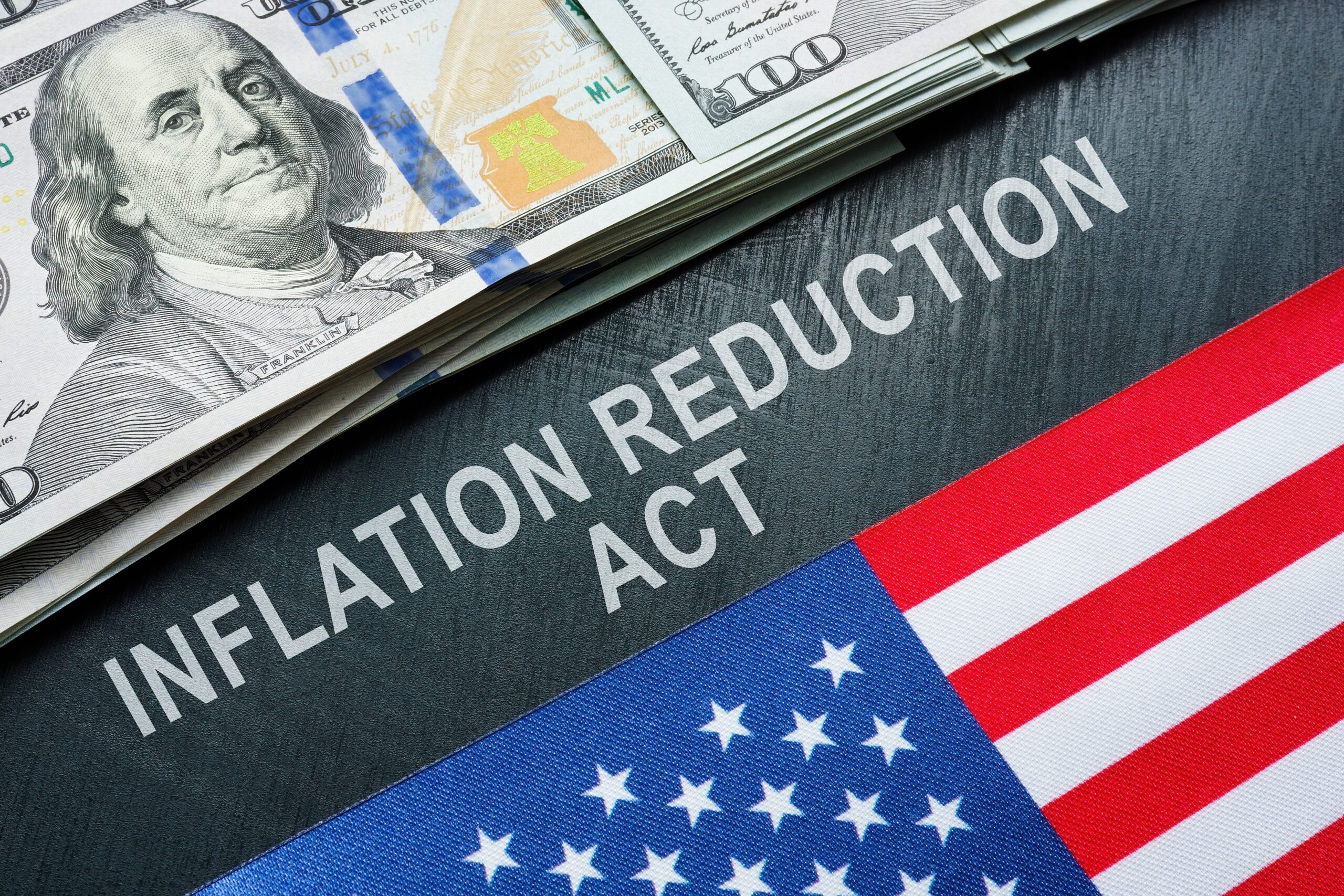
Background
The Inflation Reduction Act signed on August 16, 2022 by President Biden authorized $783B in funding for clean energy, manufacturing, and innovation creating over 400,000 jobs in the US. The law also has incentives for healthcare, drug prices, IRS funding and sustainable agriculture. When considering the overall economic effect of this investment the total long-term impact in the economy may be over $2.1 trillion.
Key Programs Hospitals Can Use
The Department of Health and Human Services offers a web-site with videos. The Commonwealth Fund has an excellent summary and there are others you can search. Major incentives for hospitals include:
- Clean vehicles credits (easy to do)
- Cars, busses, ambulances, charging stations to green your fleet
- Reduces Scope 1 carbon emissions
- Building energy efficiency projects (easy projects, tricky submission requirements)
- Facility managers call these retrofit projects
- LED, HVAC, building envelope projects with 25% reduction
- Reduces Scope 1 & 2 carbon emissions
- The IRA calls these 179D projects and it behooves the hospital to contact HHS resources above to get correct submission guidelines in advance
- Renewable energy production (major/CAPX strategy, more complicated)
- Solar, geo-thermal, other projects requiring major strategy and CAPX
- Up to 70% reimbursement with criteria on wages, US made & energy communities (e.g low-income, brownfields)
5 strategies to maximize your return:
I digested a ton of presentations and documents to simplify it for you. Here’s my take:
- This is a huge, new law. Federal agencies, consultants, engineers are all finding their way, but the contours above are clear. Capitalism is engaged.
- Green your fleet. Assess fleet size, age, annual mileage, cars, trucks, busses, even ambulances.
- Retrofit projects have ROI. Your utility may also offer incentives. We have the top 20 CAPEX and OPEX plans most used by hospitals ready for you.
- Your hospital will use more energy in the future. Owning part of its supply creates an ROI and frees you from rate hikes. A win for your lower income primary service area, too.
- Cautions: Like any plan, build an overarching vision & business case. Also, check with local, state regulators and your utilities.



